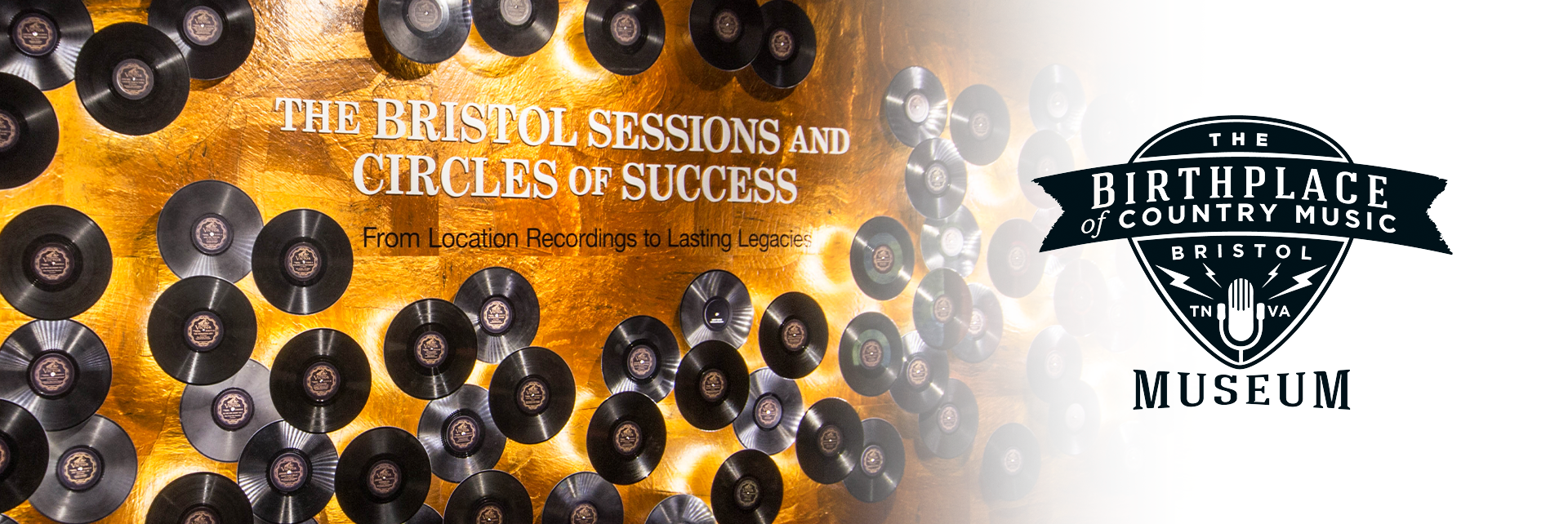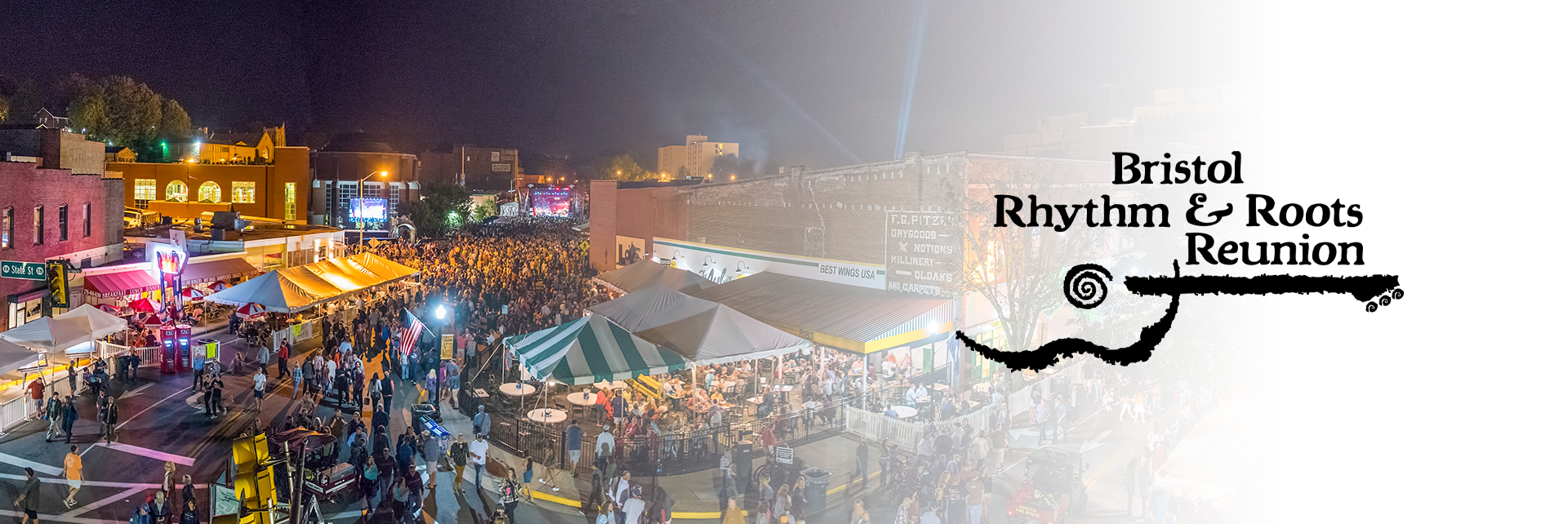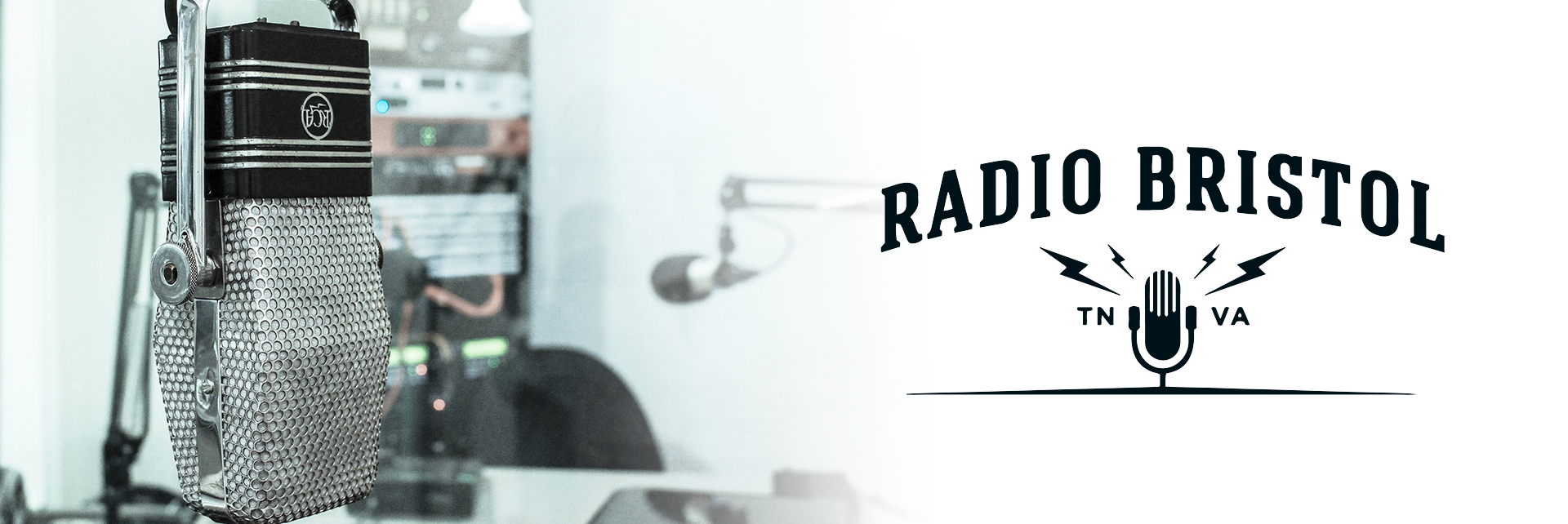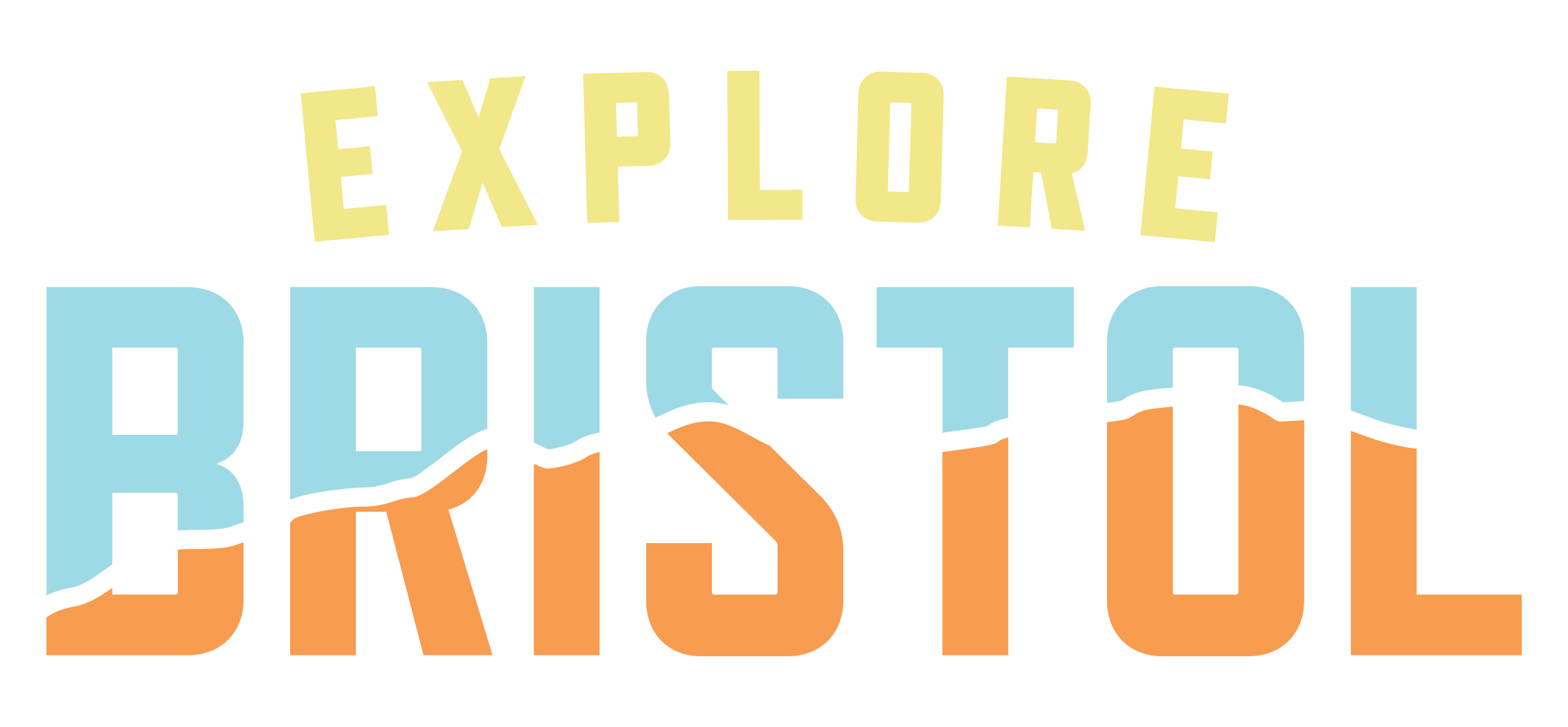COUNTRY MUSIC ROOTS
Birthplace of Country Music Museum

HIDDEN
The Last Great Colosseum. The World’s Fastest Half-Mile. The Bristol Bullring. The Colosseum of Crash. Thunder Valley.
Those Bristol Motor Speedway nicknames couldn’t be more appropriate. When you first see the iconic race track, which sits in the foothills of the Appalachian Mountains, it’s impossible not to think of Rome’s legendary Colosseum where gladiators did battle – just as they do today but only with race cars. The .533-mile oval’s tight confines feature an abundance of speed, noise, and wrecks, which can often lead to hot tempers and scuffles among the drives – all of which have helped make BMS one of NASCAR’s most popular race tracks.
In its infancy, as is true now, those factors made BMS a playground for the sport’s biggest names, including “The King,” Richard Petty, as well as David Pearson, Bobby Allison, and Cale Yarborough. Dale Earnhardt, who won nine times at Bristol, liked to say, “If you don’t like racing at Bristol, you’re not a real race car driver,” which has been echoed by many other Bristol winners and NASCAR champions, such as Darrell Waltrip, Rusty Wallace, Kyle Busch, Jeff Gordon, and Kurt Busch.
The brainchild of Bristol entrepreneurs Larry Carrier, Carl Moore, and R.G. Pope, Bristol International Speedway, as it was first known, opened in 1961. At that time, the track measured a perfect half-mile and featured 22-degree banking in the corners. Seating capacity was a mere 18,000 for the first NASCAR race in July of 1961.
Eight years after it opened for NASCAR races, the track was reshaped and re-measured, turning it into a .533-mile oval with 36-degree banking, which was among the steepest in the sport at that time. It also made it one of the fastest tracks on the circuit, helping make it a favorite among drivers.
Other early-year highlights include:
- The track was sold in 1976 to Lanny Hester and Gary Baker, and in 1978, they changed its name to Bristol International Raceway
- In August 1978, the first night race was held on the oval
- In April 1982, Hester sold his half of the speedway to Warner Hodgdon
- In July 1983, Hodgdon purchased the other half of the track from Baker. He appointed Carrier as the track’s general manager.
- Carrier took possession of the speedway after Hodgdon filed for bankruptcy
- In August 1992, BIR became the first race track to host a Cup race on a concrete track surface
- On Jan. 22, 1996, Carrier sold BIR to Bruton Smith
Once Smith purchased the speedway, he hired Jeff Byrd as its general manager, and the track, already a fan favorite, began to explode in popularity. The track’s name was changed to Bristol Motor Speedway, and by August 1996, Smith had already added 15,000 more seats to bring its capacity to 86,000.
By April 1997, the track’s seating capacity was at 118,000 – making it the largest sports arena in Tennessee and one of the largest in the country – and nearly two dozen skyboxes had been built. Over the next several years, Smith continued to add seating and skyboxes, finally topping out at 160,000 seats and approximately 200 suites.
The beloved speedway, which was resurfaced in 2007, has come a long way from its early days. Today, BMS, which sold out 55 straight races through March 2010, offers guests a wide range of accommodations, from man cave suites to barstools to a relaxing environment high atop the track at the Turn One Tavern to a nightclub inside the oval called The Apex. Spectators also get to enjoy Colossus T.V., the world’s largest outdoor center-hung four-sided video screen with a 540,000-watt audio system.
BMS, which hosted an NFL exhibition in 1961 between Washington and Philadelphia, also made history when, in 2016, it became the site of the largest crowd to witness a college football game. The University of Tennessee and Virginia Tech played before a sellout crowd of nearly 157,000. The track also hosts monster truck races, Speedway In Lights, an annual holiday drive-through event and fundraiser for Speedway Children’s Charities, concerts and other events.
To learn more about Bristol Motor Speedway, which offers track tours, visit www.bristolmotorspeedway.com
Click to learn more about the birthplace of country music museum
It was 1927, and in what had been an otherwise quiet summer in Bristol, music was in the air.
In late July, an ad from the Victor Talking Machine Company appeared in the Bristol News Bulletin, letting readers know that a “recording machine” would be in Bristol for 12 days, from July 25-Aug. 5 to record records, and locals were invited to take part. Music producer Ralph Peer, who worked for Victor, set up a studio at the Taylor-Christian Hat Company on State Street… and the rest is history.
What followed came to be known as the famed Bristol Sessions, during which the legendary Carter Family, Jimmie Rodgers, The Stonemans, the Tenneva Ramblers, Blind Alfred Reed, Ernest Phiipps, and others became part of country music lore. Over those 10 days, Peer recorded 76 performances by 19 musical acts, ultimately resulting in the “Big Bang” of modern country music and changing it forever.
It was, said country music icon Johnny Cash, “the most important event in the history of country music.”
Seventy-one years after the historic Bristol Sessions, in 1998, the United States Congress officially designated Bristol Tennessee/Virginia as the “Birthplace of Country Music.
Birthplace of Country Music Museum
The Birthplace of Country Music Museum, which tells the story of Bristol’s musical roots and the 1927 Bristol Sessions, opened in 2014. The 24,000-square foot facility, an affiliate of the Smithsonian Institution, is located in Downtown Bristol.
The museum, which explores how evolving sound technology shaped the success of the Bristol Sessions, also highlights how this rich musical heritage lives on in today’s music. Through text and artifacts, theater experiences, special exhibits, and interactive displays – along with various educational programs, music performances, and community events – the story of these recording sessions and their far-reaching influence comes alive.
Rotating exhibitions from guest curators and other institutions, including the Smithsonian, are featured in the Special Exhibits Gallery throughout the year. The museum also houses a collection of related objects, photographs and paper ephemera, and digital items.
BRISTOL RHYTHM & ROOTS REUNION

HIDDEN
The Last Great Colosseum. The World’s Fastest Half-Mile. The Bristol Bullring. The Colosseum of Crash. Thunder Valley.
Those Bristol Motor Speedway nicknames couldn’t be more appropriate. When you first see the iconic race track, which sits in the foothills of the Appalachian Mountains, it’s impossible not to think of Rome’s legendary Colosseum where gladiators did battle – just as they do today but only with race cars. The .533-mile oval’s tight confines feature an abundance of speed, noise, and wrecks, which can often lead to hot tempers and scuffles among the drives – all of which have helped make BMS one of NASCAR’s most popular race tracks.
In its infancy, as is true now, those factors made BMS a playground for the sport’s biggest names, including “The King,” Richard Petty, as well as David Pearson, Bobby Allison, and Cale Yarborough. Dale Earnhardt, who won nine times at Bristol, liked to say, “If you don’t like racing at Bristol, you’re not a real race car driver,” which has been echoed by many other Bristol winners and NASCAR champions, such as Darrell Waltrip, Rusty Wallace, Kyle Busch, Jeff Gordon, and Kurt Busch.
The brainchild of Bristol entrepreneurs Larry Carrier, Carl Moore, and R.G. Pope, Bristol International Speedway, as it was first known, opened in 1961. At that time, the track measured a perfect half-mile and featured 22-degree banking in the corners. Seating capacity was a mere 18,000 for the first NASCAR race in July of 1961.
Eight years after it opened for NASCAR races, the track was reshaped and re-measured, turning it into a .533-mile oval with 36-degree banking, which was among the steepest in the sport at that time. It also made it one of the fastest tracks on the circuit, helping make it a favorite among drivers.
Other early-year highlights include:
- The track was sold in 1976 to Lanny Hester and Gary Baker, and in 1978, they changed its name to Bristol International Raceway
- In August 1978, the first night race was held on the oval
- In April 1982, Hester sold his half of the speedway to Warner Hodgdon
- In July 1983, Hodgdon purchased the other half of the track from Baker. He appointed Carrier as the track’s general manager.
- Carrier took possession of the speedway after Hodgdon filed for bankruptcy
- In August 1992, BIR became the first race track to host a Cup race on a concrete track surface
- On Jan. 22, 1996, Carrier sold BIR to Bruton Smith
Once Smith purchased the speedway, he hired Jeff Byrd as its general manager, and the track, already a fan favorite, began to explode in popularity. The track’s name was changed to Bristol Motor Speedway, and by August 1996, Smith had already added 15,000 more seats to bring its capacity to 86,000.
By April 1997, the track’s seating capacity was at 118,000 – making it the largest sports arena in Tennessee and one of the largest in the country – and nearly two dozen skyboxes had been built. Over the next several years, Smith continued to add seating and skyboxes, finally topping out at 160,000 seats and approximately 200 suites.
The beloved speedway, which was resurfaced in 2007, has come a long way from its early days. Today, BMS, which sold out 55 straight races through March 2010, offers guests a wide range of accommodations, from man cave suites to barstools to a relaxing environment high atop the track at the Turn One Tavern to a nightclub inside the oval called The Apex. Spectators also get to enjoy Colossus T.V., the world’s largest outdoor center-hung four-sided video screen with a 540,000-watt audio system.
BMS, which hosted an NFL exhibition in 1961 between Washington and Philadelphia, also made history when, in 2016, it became the site of the largest crowd to witness a college football game. The University of Tennessee and Virginia Tech played before a sellout crowd of nearly 157,000. The track also hosts monster truck races, Speedway In Lights, an annual holiday drive-through event and fundraiser for Speedway Children’s Charities, concerts and other events.
To learn more about Bristol Motor Speedway, which offers track tours, visit www.bristolmotorspeedway.com
Click to learn more about bristol's downtown music festival
It’s been almost 95 years since Bristol’s love affair with music began. The 1927 Bristol Sessions gave birth to a new sound, and since then, the passion for Americana roots music has grown exponentially, culminating in the creation of the Bristol Rhythm and Roots Reunion.
The BR&RR festival celebrated its 20th anniversary in 2021, and the little music festival celebration that started with modest beginnings has now grown to be one of the most popular music festivals in the Southeast. Rolling Stone magazine has, in fact, ranked BR&RR among the country’s top country events.
BR&RR isn’t just your run-of-the-mill music fest – it’s a homecoming for music lovers who appreciate the roots sounds of the Appalachians, past, present, and future, while also commemorating Bristol’s musical heritage as the Birthplace of Country Music
Held each September, the three-day festival envelopes historic Downtown Bristol, taking center stage on State Street, which runs directly through the middle of town, with one side in Tennessee and the other in Virginia. Live music from over 100 acts is performed on more than a dozen outdoor and indoor stages perform day and night throughout the three days, giving fans the opportunity to enjoy a variety of different genres.
The award-winning festival features Americana, country, old-time, bluegrass, rock, Piedmont blues, Celtic, and more incredible music, all of which hits all the right notes with music lovers. BR&RR also draws some of the top names in the industry, as well as up-and-coming artists and established touring acts. Past performers include The Avett Brothers, Dwight Yoakam, Emmylou Harris, Ricky Skaggs & Kentucky Thunder, Patty Loveless, The Carolina Chocolate Drops, Dr. Ralph Stanley, Steve Earle & The Dukes, Doyle Lawson & Quicksilver, and many more.
While BR&RR is the most well-known music event in Bristol, there’s almost always live music happening somewhere in the city. Many restaurants and bars, like Bloom Café & Listening Room, Bristol Station, Delta Blues BBQ, Quaker Steak & Lube, State Line Bar & Grill, O’Mannion’s,, Machiavelli’s, and State Street Brewing regularly have live shows.
Paramount Bristol, which has hosted Josh Turner and Trace Adkins, and the Cameo Theater, where Sawyer Brown and Clay Walker have performed recently, have live music throughout the year.
You can also find some great shows at the Country Music Mural at the Downtown Center, where the Sounds of Summer Concert Series takes place each year from May through September. Border Bash, another concert series that takes place on State Street, occurs yearly from June through August.
RADIO BRISTOL

HIDDEN
The Last Great Colosseum. The World’s Fastest Half-Mile. The Bristol Bullring. The Colosseum of Crash. Thunder Valley.
Those Bristol Motor Speedway nicknames couldn’t be more appropriate. When you first see the iconic race track, which sits in the foothills of the Appalachian Mountains, it’s impossible not to think of Rome’s legendary Colosseum where gladiators did battle – just as they do today but only with race cars. The .533-mile oval’s tight confines feature an abundance of speed, noise, and wrecks, which can often lead to hot tempers and scuffles among the drives – all of which have helped make BMS one of NASCAR’s most popular race tracks.
In its infancy, as is true now, those factors made BMS a playground for the sport’s biggest names, including “The King,” Richard Petty, as well as David Pearson, Bobby Allison, and Cale Yarborough. Dale Earnhardt, who won nine times at Bristol, liked to say, “If you don’t like racing at Bristol, you’re not a real race car driver,” which has been echoed by many other Bristol winners and NASCAR champions, such as Darrell Waltrip, Rusty Wallace, Kyle Busch, Jeff Gordon, and Kurt Busch.
The brainchild of Bristol entrepreneurs Larry Carrier, Carl Moore, and R.G. Pope, Bristol International Speedway, as it was first known, opened in 1961. At that time, the track measured a perfect half-mile and featured 22-degree banking in the corners. Seating capacity was a mere 18,000 for the first NASCAR race in July of 1961.
Eight years after it opened for NASCAR races, the track was reshaped and re-measured, turning it into a .533-mile oval with 36-degree banking, which was among the steepest in the sport at that time. It also made it one of the fastest tracks on the circuit, helping make it a favorite among drivers.
Other early-year highlights include:
- The track was sold in 1976 to Lanny Hester and Gary Baker, and in 1978, they changed its name to Bristol International Raceway
- In August 1978, the first night race was held on the oval
- In April 1982, Hester sold his half of the speedway to Warner Hodgdon
- In July 1983, Hodgdon purchased the other half of the track from Baker. He appointed Carrier as the track’s general manager.
- Carrier took possession of the speedway after Hodgdon filed for bankruptcy
- In August 1992, BIR became the first race track to host a Cup race on a concrete track surface
- On Jan. 22, 1996, Carrier sold BIR to Bruton Smith
Once Smith purchased the speedway, he hired Jeff Byrd as its general manager, and the track, already a fan favorite, began to explode in popularity. The track’s name was changed to Bristol Motor Speedway, and by August 1996, Smith had already added 15,000 more seats to bring its capacity to 86,000.
By April 1997, the track’s seating capacity was at 118,000 – making it the largest sports arena in Tennessee and one of the largest in the country – and nearly two dozen skyboxes had been built. Over the next several years, Smith continued to add seating and skyboxes, finally topping out at 160,000 seats and approximately 200 suites.
The beloved speedway, which was resurfaced in 2007, has come a long way from its early days. Today, BMS, which sold out 55 straight races through March 2010, offers guests a wide range of accommodations, from man cave suites to barstools to a relaxing environment high atop the track at the Turn One Tavern to a nightclub inside the oval called The Apex. Spectators also get to enjoy Colossus T.V., the world’s largest outdoor center-hung four-sided video screen with a 540,000-watt audio system.
BMS, which hosted an NFL exhibition in 1961 between Washington and Philadelphia, also made history when, in 2016, it became the site of the largest crowd to witness a college football game. The University of Tennessee and Virginia Tech played before a sellout crowd of nearly 157,000. The track also hosts monster truck races, Speedway In Lights, an annual holiday drive-through event and fundraiser for Speedway Children’s Charities, concerts and other events.
To learn more about Bristol Motor Speedway, which offers track tours, visit www.bristolmotorspeedway.com
Click to learn more about RADIO bristol
Radio Bristol, which went on air on August 27, 2015, features a low-power FM channel, three channels streaming different but related genres of music, and one channel streaming video. Streaming stations can be accessed online or using the Radio Bristol App on mobile devices. Radio Bristol has listeners throughout the United States and in more than 140 countries.
Broadcasting live from the Birthplace of Country Music Museum, Radio Bristol showcases the diversity of American roots music from the early recording era to today, with a variety of original programming each day that celebrates the roots and branches of early country music bluegrass, Americana, and more.
